Here’s how much Windows 10 could cost if you don’t upgrade this year
Microsoft confirmed that extending the life of the operating system could be a pricey commitment
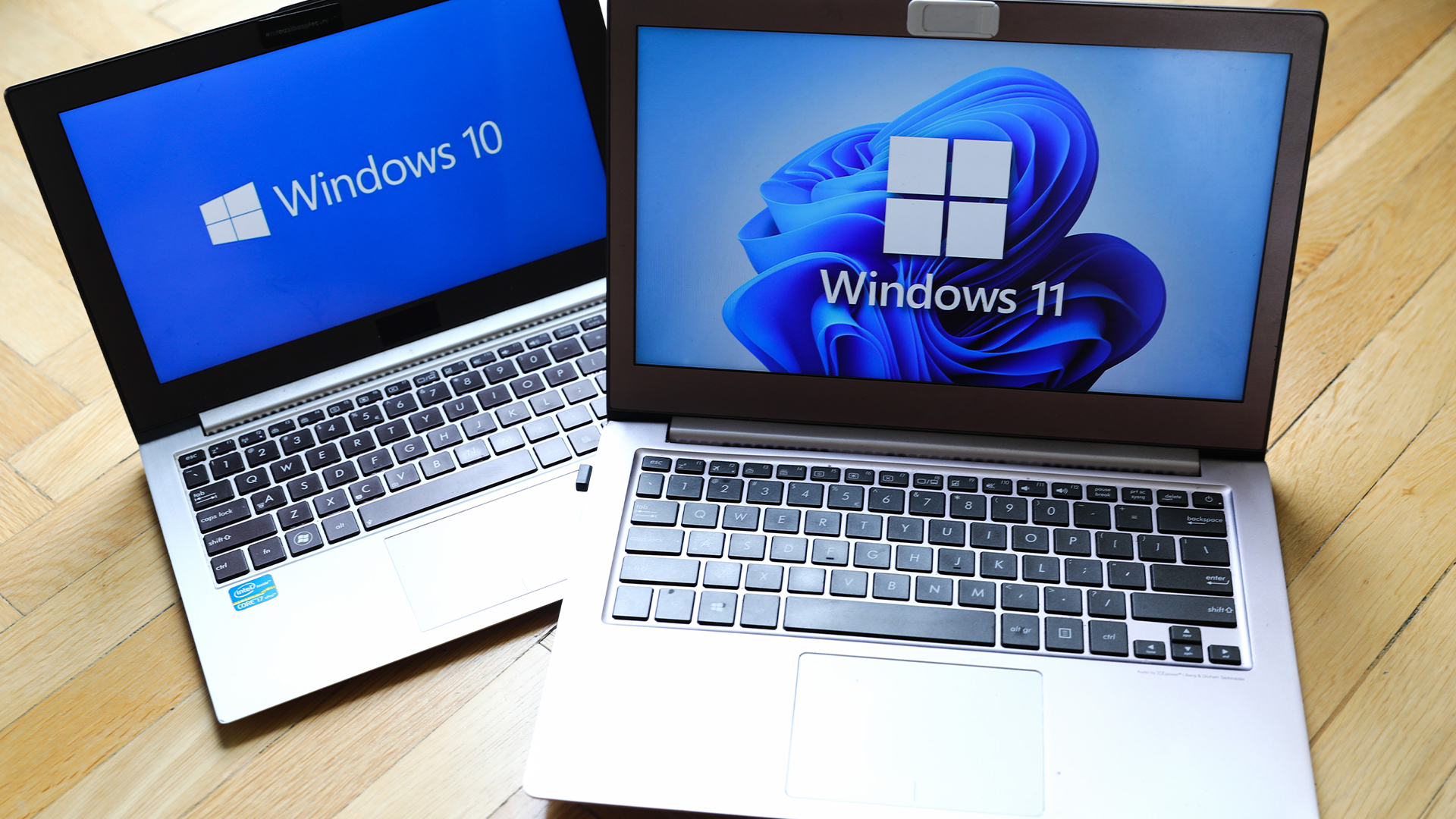

Businesses looking to keep using Windows 10 past the approaching end of life (EOL) date will face steep costs, Microsoft has confirmed.
The firm clarified the cost of its extended service updates (ESU), which allow users access to critical security updates for up to three years past the Windows 10 EOL date, set for 14 October 2025.
ESU updates will require users to pay an annual fee which increases incrementally over the three year eligibility period. It will cost $61 per device for the first year, doubling every consecutive year to $122 per device in year two and $244 in year three.
They can only be purchased in yearly iterations, the tech giant noted, with year-one starting in November 2025. Importantly, if you decide to purchase the program in year two or three, you’ll have to pay cumulatively for the previous years.
There are exceptions to the fees. ESU is available for free for Windows 10 virtual machines (VMs) running in Windows 365 or Azure Virtual Desktop, as well as for Windows 10 endpoints connecting to Windows 365 Cloud PCs.
No technical support is included in ESU, Microsoft said, though the firm will assist customers who encounter challenges related to the updates themselves. Windows 10 ESU are available in volume licensing now.
Windows 10 migration problems persist
Windows 10 EOL has not been a straightforward process so far, with a report from last summer showing that 82% devices are still not running on Windows 11 - partly due to enterprise anxiety about making the switch.
Get the ITPro daily newsletter
Sign up today and you will receive a free copy of our Future Focus 2025 report - the leading guidance on AI, cybersecurity and other IT challenges as per 700+ senior executives
Companies are wary of repeating the transition to Windows 10, which was often time-consuming and disruptive, Cloudhouse director Mark Gilliand told ITPro at the time of the study.
There was also an indication that the EOL could create a huge volume of e-waste as millions of devices are condemned to the scrap heap, research from Canalys suggested at the end of 2023.
Businesses wary of the looming deadline should put security and sustainability front and center, Circular Computing’s Steve Haskew told ITPro in October.
They should also conduct an audit of device eligibility for Windows 11 and create backups of data.

George Fitzmaurice is a former Staff Writer at ITPro and ChannelPro, with a particular interest in AI regulation, data legislation, and market development. After graduating from the University of Oxford with a degree in English Language and Literature, he undertook an internship at the New Statesman before starting at ITPro. Outside of the office, George is both an aspiring musician and an avid reader.
-
 Bigger salaries, more burnout: Is the CISO role in crisis?
Bigger salaries, more burnout: Is the CISO role in crisis?In-depth CISOs are more stressed than ever before – but why is this and what can be done?
By Kate O'Flaherty Published
-
 Cheap cyber crime kits can be bought on the dark web for less than $25
Cheap cyber crime kits can be bought on the dark web for less than $25News Research from NordVPN shows phishing kits are now widely available on the dark web and via messaging apps like Telegram, and are often selling for less than $25.
By Emma Woollacott Published
-
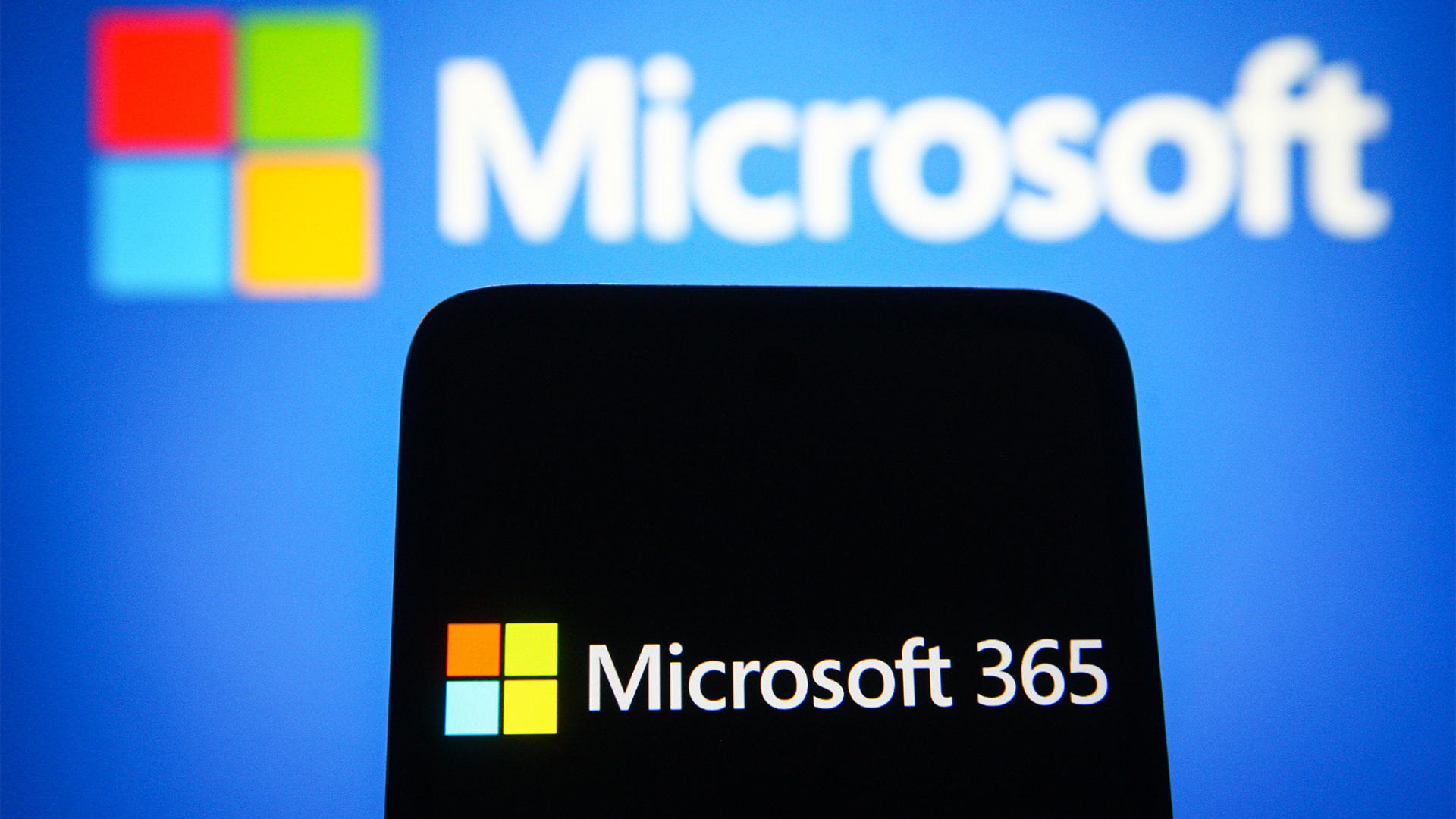 Microsoft justifies 365 price increases after MP concerns
Microsoft justifies 365 price increases after MP concernsNews Microsoft’s UK VP of external affairs has defended the tech giant's price increases
By George Fitzmaurice Published
-
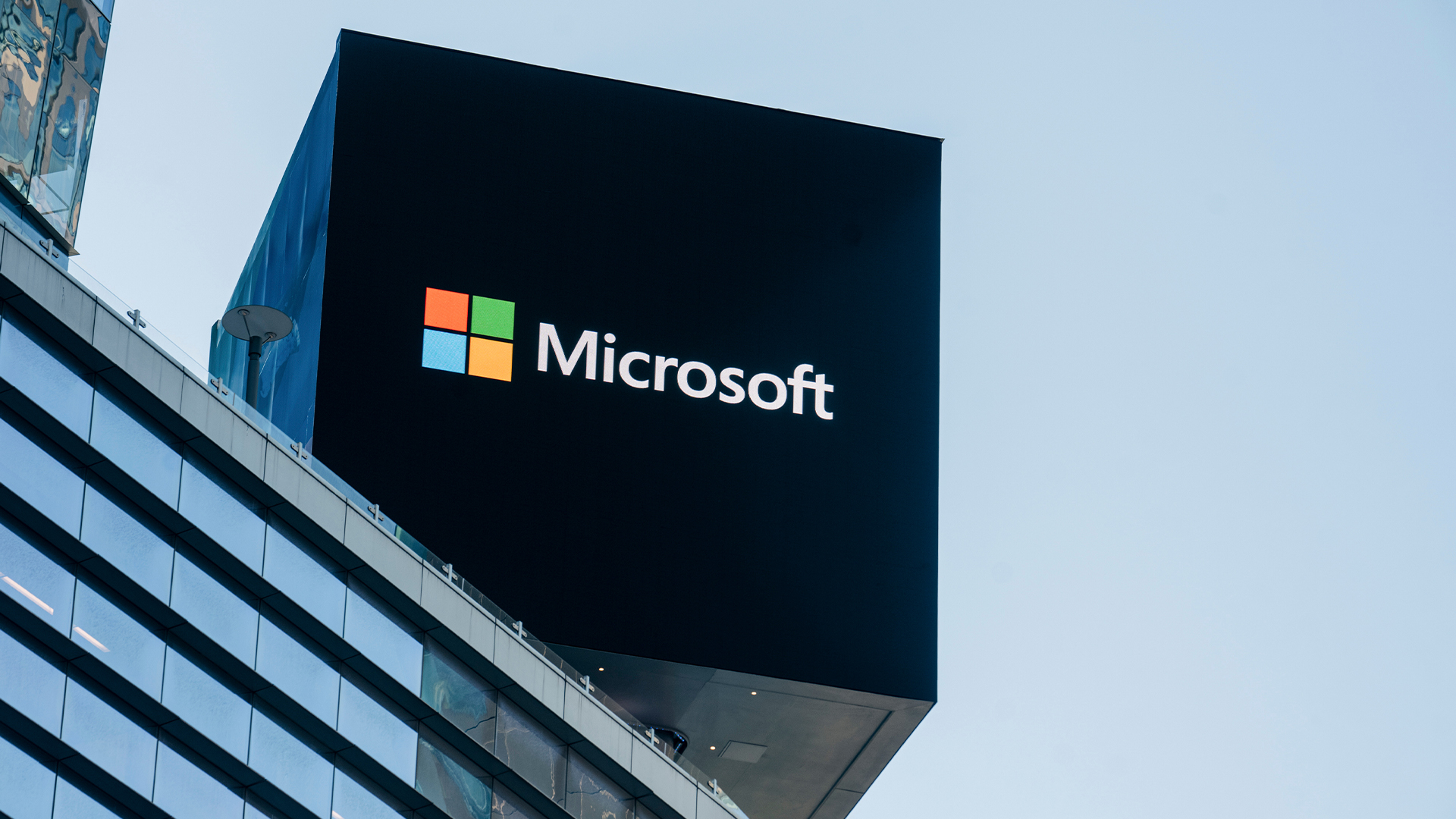 Microsoft is ending support for the Remote Desktop app – here are three alternatives you can try instead
Microsoft is ending support for the Remote Desktop app – here are three alternatives you can try insteadNews Microsoft has announced plans to end support for its Remote Desktop application in just over two months.
By George Fitzmaurice Published
-
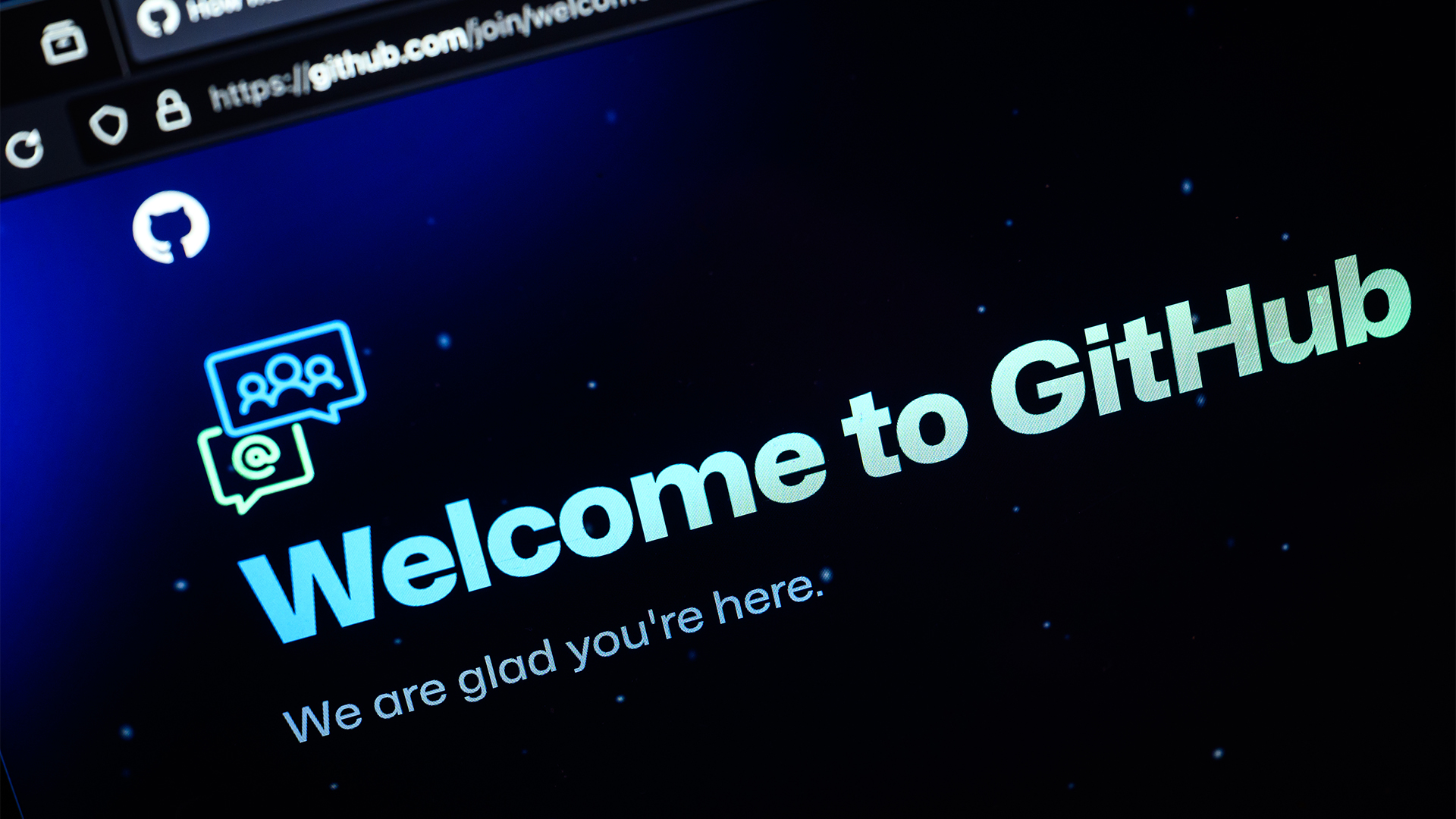 GitHub just launched a new free tier for its Copilot coding assistant – but only for a select group of developers
GitHub just launched a new free tier for its Copilot coding assistant – but only for a select group of developersNews Limited access to GitHub Copilot in VS Code is now available free of charge
By Nicole Kobie Published
-
 Recall arrives for Intel and AMD devices after months of controversy
Recall arrives for Intel and AMD devices after months of controversyNews Microsoft's Recall feature is now available in preview for customers using AMD and Intel devices.
By Nicole Kobie Published
-
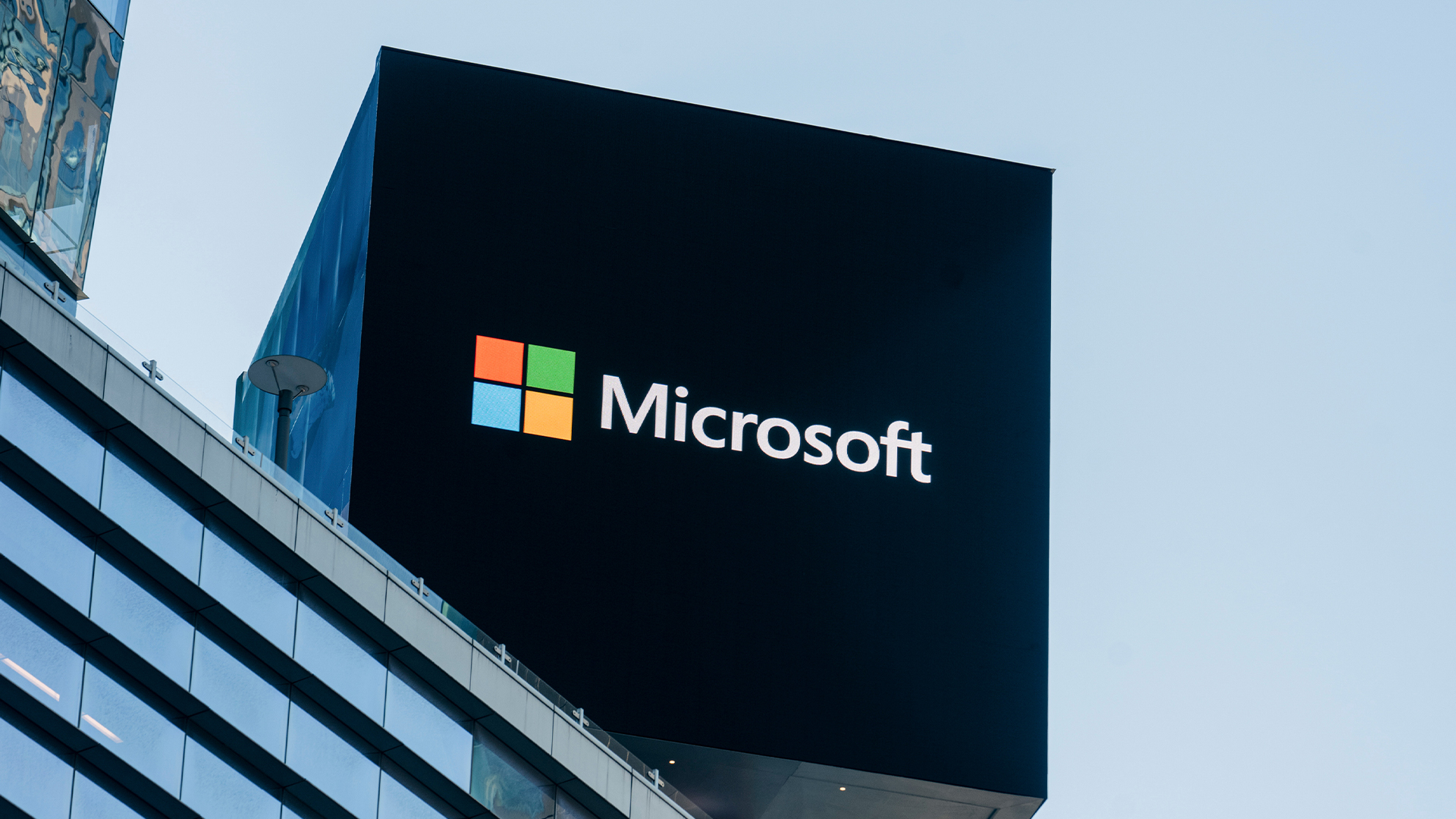 Everything you need to know about the Microsoft outage
Everything you need to know about the Microsoft outageNews After a day of chaos, the worst of the Microsoft outage appears to have passed, but some problems still remain
By Emma Woollacott Published
-
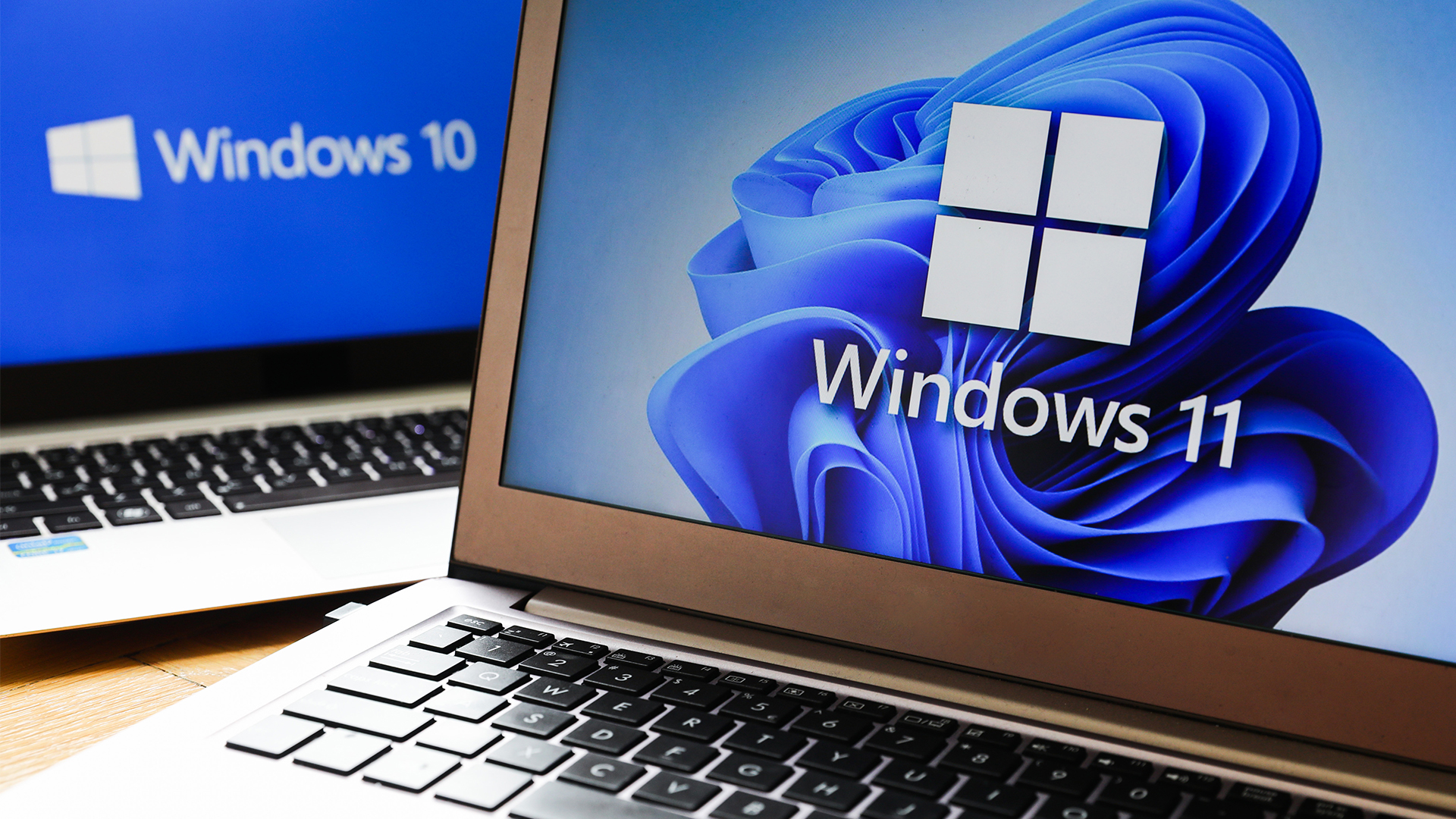 With one year to go until Windows 10 end of life, here’s what businesses should do to prepare
With one year to go until Windows 10 end of life, here’s what businesses should do to prepareNews IT teams need to migrate soon or risk a plethora of security and sustainability issues
By George Fitzmaurice Published
-
 Microsoft is doubling down on Widows Recall, adding new security and privacy features – will this help woo hesitant enterprise users?
Microsoft is doubling down on Widows Recall, adding new security and privacy features – will this help woo hesitant enterprise users?News The controversial AI-powered snapshotting tool can be uninstalled, Microsoft says
By Nicole Kobie Published
-
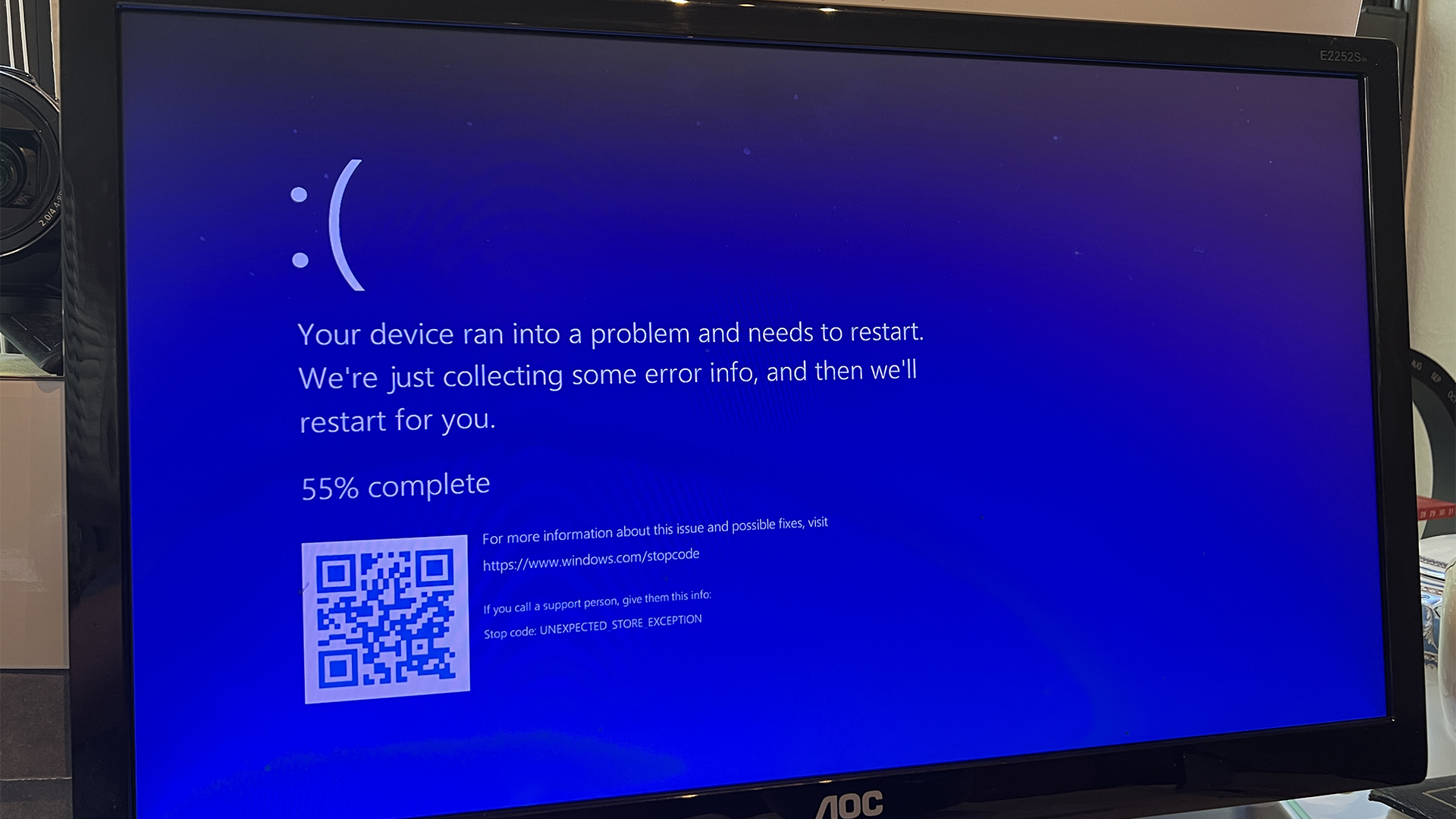 Microsoft pulls Windows update after botched patch causes blue screens, reboot loops
Microsoft pulls Windows update after botched patch causes blue screens, reboot loopsNews Microsoft has pulled a Windows 11 update ahead of next week's Patch Tuesday after encountering a raft of issues
By Nicole Kobie Published